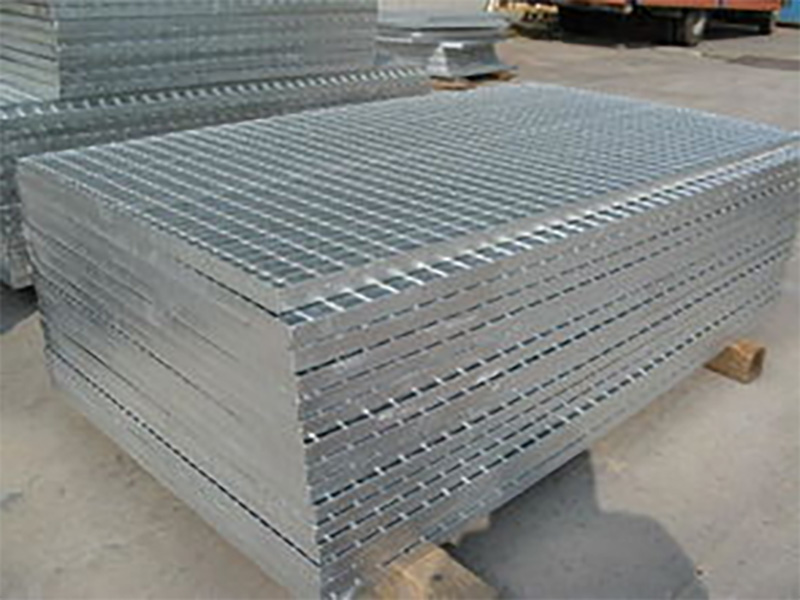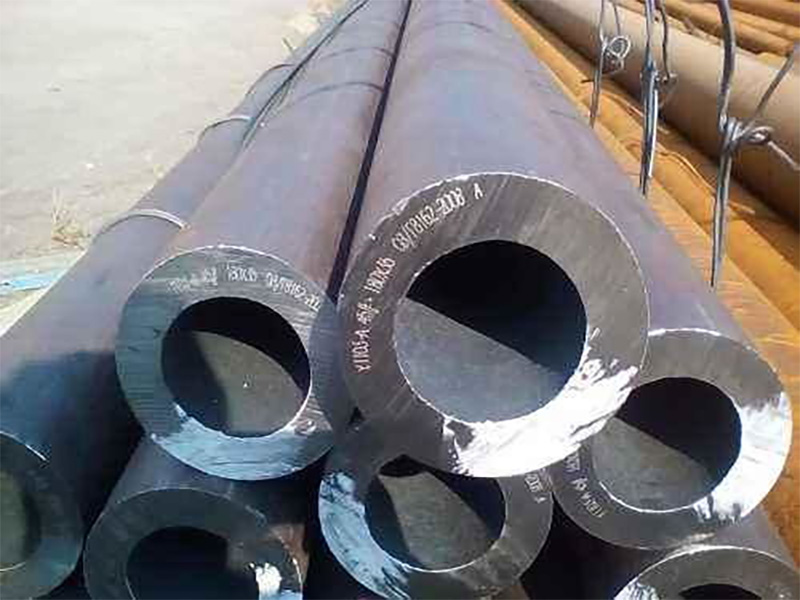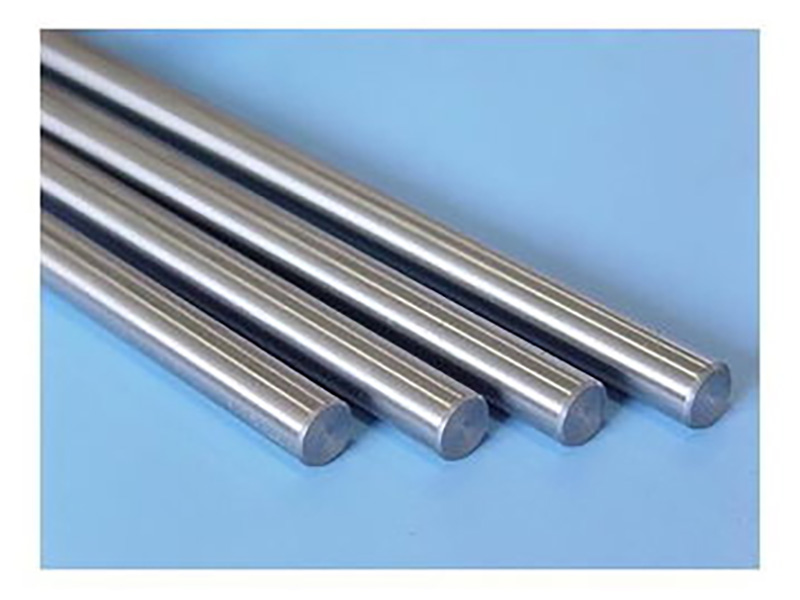


Steel or specimen in tension, when the stress exceeds the elastic limit, even if the stress no longer increases, and the steel or specimen still continues to undergo significant plastic deformation, called this phenomenon for yielding, and the minimum stress value when the yielding phenomenon that is the yield point.
Set Ps for the yield point s at the external force, Fo for the specimen fracture area, the yield point σs = Ps/Fo (MPa), MPa is called MPa equal to N (Newton) / mm2, (MPa = 106Pa, Pa: Pascal = N/m2)
The yield point of some metallic materials is extremely inconspicuous and difficult to measure, so in order to measure the yield characteristics of the material, it is stipulated that the stress that produces a permanent residual plastic deformation equal to a certain value (generally 0.2% of the original length) is called the conditional yield strength or simply yield strength σ0.2 .
The maximum stress value reached during the stretching process of a material, from the beginning to the time of fracture. It indicates the size of the steel’s ability to resist fracture. With the tensile strength corresponding to the compressive strength, bending strength, etc..
Let Pb be the maximum tensile force reached before the material is pulled, Fo is the cross-sectional area of the specimen, then the tensile strength σb= Pb/Fo (MPa).
The percentage of the plastic elongation of a material after it is pulled from the original specimen length is called elongation or elongation.
Steel yield point (yield strength) and the ratio of tensile strength, known as the yield strength ratio. The greater the yield strength ratio, the higher the reliability of structural parts, generally 0.6-0.65 for carbon steel, 0.65-0.75 for low-alloy structural steel and 0.84-0.86 for alloy structural steel.

Hardness indicates the ability of a material to resist a hard object pressing into its surface. It is one of the important performance indicators of metal materials. Generally the higher the hardness, the better the wear resistance. Commonly used hardness indexes are Brinell hardness, Rockwell hardness and Vickers hardness.
With a certain load (generally 3000kg) to a certain size (diameter is generally 10mm) of hardened steel balls pressed into the surface of the material, hold for a period of time, after de-loading, the ratio of the load and its indentation area, that is, the Brinell hardness value (HB), the unit is kilogram force/mm2 (N/mm2).
When HB>450 or the specimen is too small, the Brinell hardness test cannot be used and Rockwell hardness measurement is used instead. It is a diamond cone with a top angle of 120° or a steel ball with a diameter of 1.59, 3.18mm, pressed into the surface of the material being tested under a certain load, and the depth of the indentation is used to find out the hardness of the material. Depending on the hardness of the test material, it is expressed in three different scales.
HRA: is the hardness obtained by using 60kg load and diamond cone indenter, and is used for materials with very high hardness (such as cemented carbide, etc.).
HRB: is the hardness obtained by using a 100kg load and a 1.58mm diameter hardened steel ball, and is used for materials with lower hardness (e.g. annealed steel, cast iron, etc.).
HRC: is the hardness obtained by using 150kg load and diamond cone indenter, used for very hard materials (such as hardened steel, etc.).

With a load of up to 120kg and a diamond square cone indenter with a top angle of 136° pressed into the surface of the material, the surface area of the indentation crater of the material divided by the load value is the Vickers hardness value (HV)
The density of steel is: 7.85g/cm3
Calculation of theoretical density of steel
The unit of measurement for calculating the theoretical density of steel is the kilogram (kg). The basic formula is.
W (density, kg) = F (section area mm2) × L (length, m) × ρ (density, g/cm3) × 1/1000

For Further Details,Please Feel Free To Contact Us: